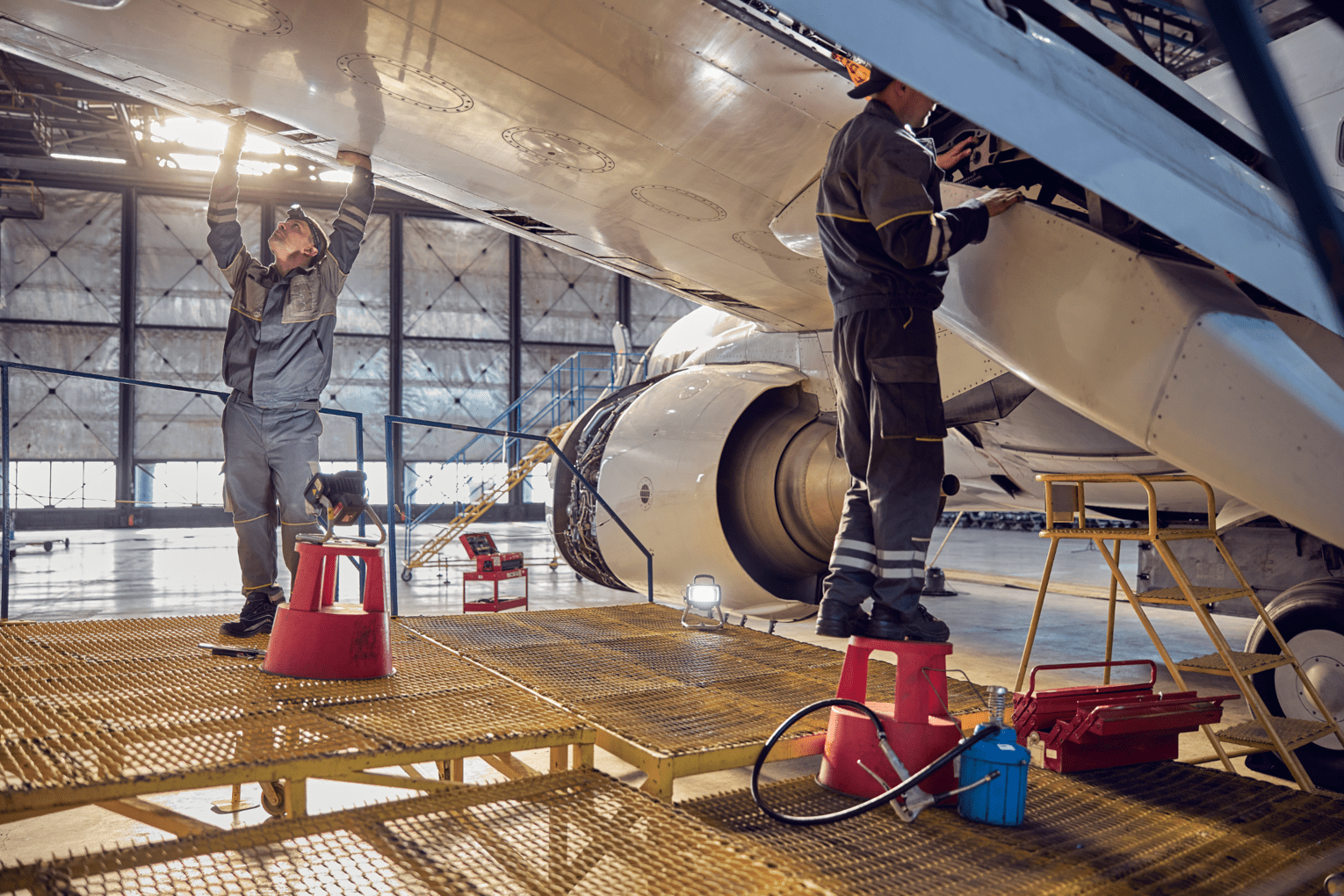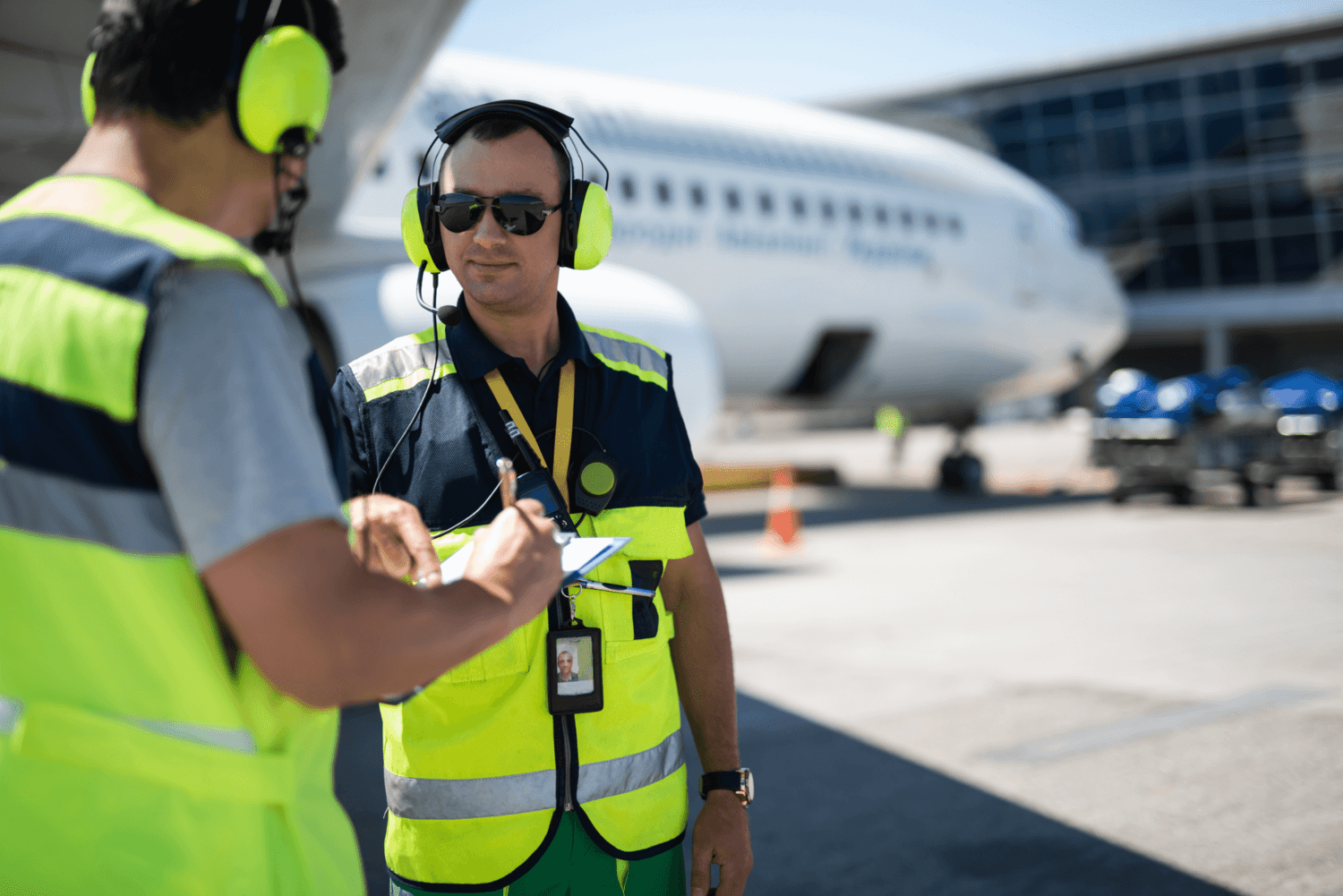
Release date : 2020-09-09
Are unified standards a panacea to automated MRO data exchange?
Whether it’s composite materials, complex avionics or new engines – each new technology introduced into aviation brings in widely different MRO demands. Naturally, with the nearing introduction of new generation aircraft, the demand for solutions that enable data handling to ensure efficiency of maintenance operations increases accordingly. However, choosing the appropriate solution for such a need still remains a matter of debate.
From the introduction of new manufacturing materials to complex technologies, commercial aviation is changing dramatically. Needless to say, these changes also affect the MRO providers and component repair shops, especially cost-wise. With market demands and technology rapidly changing, any maintenance solution is increasingly required to be equally agile and adopting specialized industry functionality. As a result, lately more and more players have been moving toward data digitization and transmission solutions in order to enhance efficiency of their operations. Nevertheless, the industry is still only half-way there.
“There are many reasons for different data to be moved through the aviation ecosystem. For instance, there are strategic needs to share data on performance and reliability to improve safety, performance and maintenance efficiency. Therefore, as currently delays and data transfers cost the airline industry around $5 billion annually, automating data transmission between airlines and MRO providers can cut costs as well as improve accuracy speed up collaboration, thus reducing turnaround times,” shares Zilvinas Sadauskas, the CEO of Locatory.com.
While this issue has been discussed for a long time, achieving the transmission and sharing of the maintenance data is not that easy. For instance, usually in order to share data two companies must use the same standards, which isn’t always the case. Other reasons behind the data-sharing gaps are incompatibility of older maintenance-management systems and ERP systems within airlines. Another challenge is maximizing the benefits of the new RFID tags on pars, as conformity with such standards will be essential for different companies to share RFID-tagged rotables. Thus, despite the fact that most of the players acknowledge the importance of enhanced data-sharing, few agree on a common strategy that should be implemented in order to reach this goal.
For instance, some representatives of the MRO segment believe the key is standardizing. Others, however, believe that there is no such force which could regulate the entire global aftermarket, and thus the industry can and will have to work with data standards that are somewhat different. Moreover, as new aircraft types enter into service, data-sharing challenges may be well expected to only expand. If that is indeed the case, it is IT solutions able to understand and structure different types of data from different sources that will shape the future of efficient maintenance operations.
“Establishing universal data standards and updating them might take decades. Meanwhile, comprehensive interfaces that enable the exchange despite incomplete data standardization can be developed considerably faster. Nevertheless, the major obstacle remaining is not only the industry players’ willingness to share, but also their willingness to find resources to support the entire process. Needless to say, those who will manage to step out of their comfort zone, won’t have to wait long in order to start enjoying improved results,” concludes Zilvinas Sadauskas, the CEO of Locatory.com.


